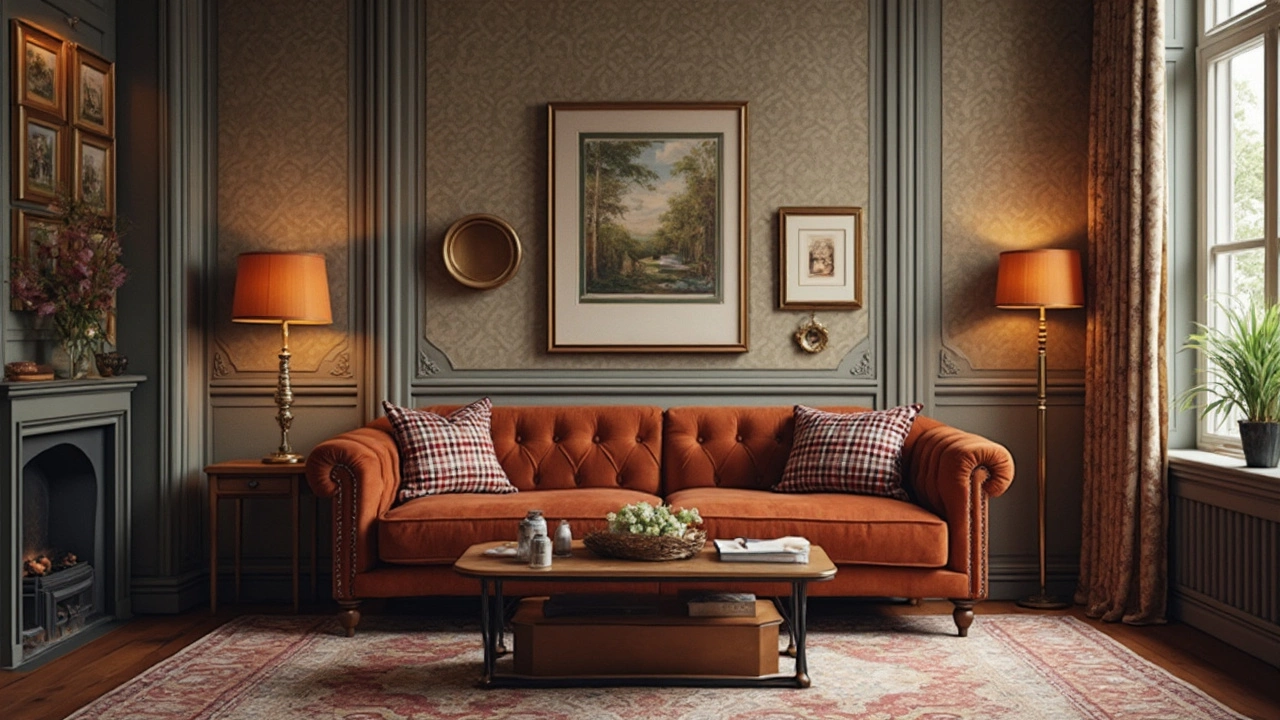What Is the 357 Rule and Why It Matters in Home Design
The 357 rule is a quick cheat‑sheet that helps you create rooms that feel balanced and inviting. It says you should aim for three main pieces, five supporting items, and seven smaller accents in a space. When you follow those numbers, the room looks organized without looking empty.
How to Pick the Three Big Items
Start with the three biggest pieces that define the function of the room. In a living room that might be a sofa, a coffee table, and a media console. In a bedroom, think bed, bedside tables, and a dresser. Choose items that match your style and fit the room’s scale. If they’re too large, the space feels cramped; too small and it feels sparse.
Adding the Five Supporting Pieces
Next, find five items that support the big pieces. These are things like lamps, rugs, shelves, side chairs, or artwork. They should complement the main furniture and add function. For example, a floor lamp next to the sofa, a patterned rug under the coffee table, and a wall shelf can all count toward the five.
Keep the supporting pieces proportional to the room – not taller than the big items and not thicker than a coffee table. Mixing textures and colors that echo your three main pieces ties everything together.
The Seven Small Accents That Finish the Look
Finally, sprinkle in seven tiny details. Think vases, candles, throw pillows, books, picture frames, plants, or decorative trays. These accents add personality and break up the larger surfaces. Use them sparingly – too many can look cluttered, too few can feel stark.
When placing accents, think about balance. If you have a plant on the left side, put a decorative bowl on the right to keep the visual weight even.
Putting the 357 Rule to Work in Real Rooms
Let’s say you’re redecorating a small office. Your three big items could be the desk, an ergonomic chair, and a filing cabinet. The five supporting pieces might include a desk lamp, a wall clock, a small bookshelf, a rug, and a side table. Then add seven accents: a coffee mug, a plant, a picture frame, a pen holder, a notebook, a mouse pad, and a decorative box.
Because each category has a clear limit, you end up with a clean look without over‑filling the space. The rule also makes shopping easier – you know exactly how many items you need for each group.
Tips to Adjust the Rule for Your Style
If you love bold statements, you can play with the numbers. Maybe you prefer four main pieces and six accents, but keep the idea of “big, medium, small” hierarchy. The goal isn’t a strict count; it’s a framework that stops you from piling on too much.
Also, think about color. Choose a base color for the three big items, a complementary shade for the five supports, and a pop color for the seven accents. This color flow creates harmony without you having to over‑think each piece.
Why the 357 Rule Works
Our brains like patterns. When you see a room organized in groups of three, five, and seven, it feels natural and calming. The rule also helps you prioritize – you focus first on the essential furniture, then on functional pieces, and finally on decorative touches.
Using the 357 rule can save you time, money, and the stress of endless décor decisions. Just count, choose, and place – and watch your space transform into a balanced, stylish room.
What is the 357 Rule in Interior Design?
- Gavin Whitaker
- |
- |
- 0
The 357 rule is a guide for choosing and arranging wall art in a visually appealing way. By providing a flexible framework, it helps create balance and harmony in any room. This article unpacks the specifics of the rule, tips for implementation, and how to avoid common mistakes. Whether you're a seasoned decorator or a newbie, understanding the 357 rule can elevate your interior design game.
View more